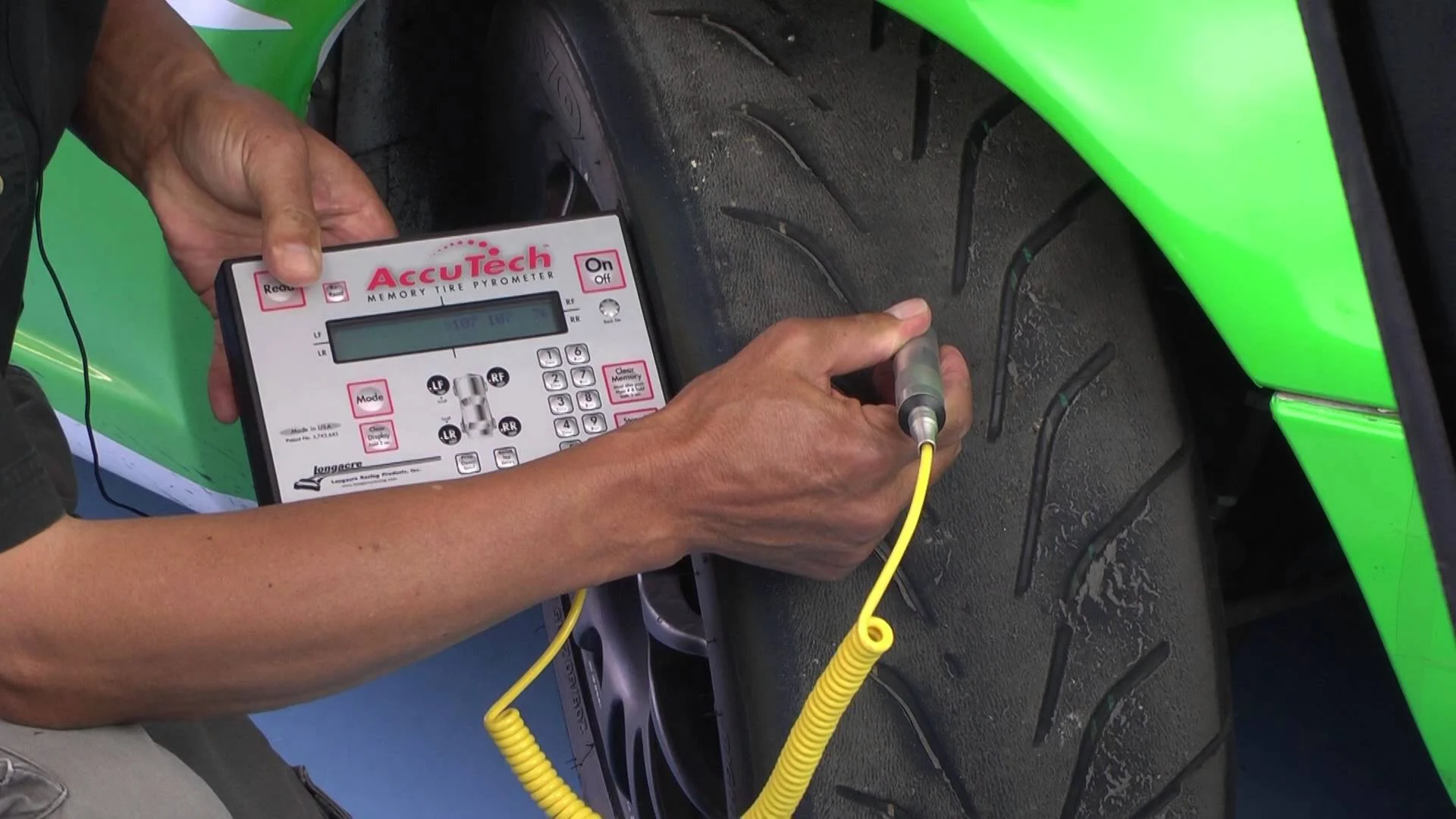
There are more initials or numbers printed on your vehicle’s tire than letters. One of these symbols or letters include the temperature ratings, which cannot be neglected in any case. Imagine driving your vehicle at a high speed and dissipating more heat than the tires are rated for; the tire may burst and cause havoc.
For this reason, it is crucial to understand the temperature ratings on your vehicle’s tires. To help drivers navigate the risks on highways, we’ve formulated this guide. Here you will learn what temperature ratings are and what they essentially mean. So let’s delve into further details of tire quality ratings:
A tire’s temperature ratings are a measure of resistance to generate heat and the degree of heat dissipating at a certain speed. Moreover, it can also be defined as the maximum bearing temperature of a tire before reaching the breaking point.
The legal authorities i.e., National Highway Traffic Safety Administration (NHTSA) has prepared a Uniform Tire Quality Grading (UTQG), which is usually imprinted on the side of the tire and helps customers make an informed decision. The UTQG temperature rating is considered the most important as it quantifies the extent of heat your tire may produce at higher RPMs. Excessive heat, when generated, can cause the tire rubber to break down.
The NHTSA has classified the temperature ratings into three categories named as: A (highest), B, and C. These categories rate the tire’s heat resisting capabilities for different speeds. While Class A tires are the most temperature durable, they may not necessarily be the best choice for your driving needs. Therefore, understanding each rating in depth can help customers like you, make an informed decision.
Let’s explore different temperature ratings of vehicle’s tires:
| Temperature Rating | Speed | Temperature |
| A | 115 MPH and Above | Up to 249 degrees Fahrenheit |
| B | Between 110 to 115 MPH | Up to 230 degrees Fahrenheit |
| C | Between 85 to 100 MPH | Up to 212 degrees Fahrenheit |
It is critical to note that the assessment of the limits mentioned above has been performed in a controlled environment, where the tire inflation and load capacity are properly managed. Deviation from these standard conditions can alter the speed and temperature ratings. For example, low tire pressure or poor inflation can generate excess heat, which can damage the tires at a much lower speed.
Understanding the tire temperature ratings is not the only trouble. In most cases, many informed drivers are unable to find the exact rating on their vehicle’s tires. Generally, tires manufactured in the United States have the temperature ratings mentioned on the side wall, or it can also be found on the temperature sticker. Before deciding on a tire, take a good look around its outer walls to find its quality rating.
As a responsible driver, you must know the maximum capacity of your tires and where you can take them without worrying much! Temperature rating has a major role to play in the utilization of vehicles in different terrains and at different speeds.
The temperature rating A is considered the most rugged one with the highest amount of heat resistance. These tires are not only suitable for maximum heat dissipation but can run the vehicle above 115 MPH, which is much higher than the average speed someone would be driving at.
The rating B category is considered the most usable among the weather conditions in hotter areas. This means that an average driver would find no discomfort while driving at 110 MPH to 115 MPH with maximum heat dissipation.
On the flipside, C rating tires are considered best for cool areas in the world where there is less heat dissipation and tires do not get much hot while driving.
Temperature ratings affect the life of the tires as it is directly related to wear & tear due to heat. If you’re living in a region with higher average temperatures around the year, the heat dissipation will be maximum, and it will greatly impact the rubber. Thus, the general rule applies here, i.e., the A-rated tires can survive the longest as compared to B and C.
Apart from the temperature rating, there are two other tire quality ratings/UTQG ratings, i.e., Treadwear and Traction. The treadwear corresponds to the rating at which a tire can survive to the fullest. A rating of 300 and above is considered good. On the other hand, a traction rating, i.e., A.A, A, B, and C, defines the ability of a tire to maneuver on the wet path.
The National Highway Travel Safety Administration (NHTSA) has formulated the tire ratings for temperature to regulate the manufacturers. The tires with temperature rating A are the best selling tires in the U.S., with a 62% contribution in sales. In comparison, the temperature-rated B tires had 34%, and the temperature-rated C tires had only 4%. However, these statistics do not define your tire preference. No matter what kind of a traveler you are, finding and understanding the temperature ratings on your vehicle’s tires is key to safety.